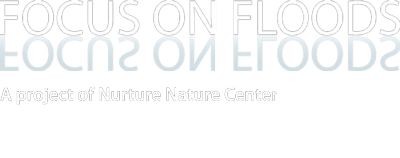The overall goal of this paper is to understand self-protective behavior by the public in flood-prone areas. This paper is comprised of two main objectives. First, it set out to determine whether or not a “perceptual approach” is an effective strategy for assessing flood vulnerability in Germany. Second, it determined which factors most significantly provoked precautionary behavior before and during flood events. From this, the authors were able to determine which of these factors could best be used to communicate flood risks to the general public. Regarding the first objective, a socio-psychological model based on the Protection Motivation Theory is developed in order to better understand why some people prepare themselves and others do not before and during a flood. Survey data (157 participants in Cologne, Germany) and demographics are used to verify the model. Results indicate that the socio-psychological model created successfully provides explanations for why some people take protection action and some do not. From this, the authors found that including the benefits and cost of precautionary measures when communicating flood risk is more effective than simply stating the flood risks.
